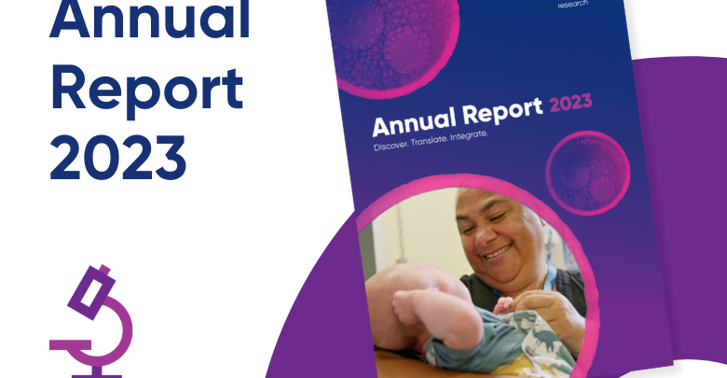Glial Neurobiology, Cognition and Behaviour Research
The Glial Neurobiology, Cognition and Behaviour Research Group aims to learn how glial cells contribute to brain circuit function. Most brain cells are glia – they far exceed neurons in number and diversity. They can be divided into five major types: neural stem cells; astrocytes; oligodendrocytes; oligodendrocyte progenitor cells (OPCs) and microglia.
The Reserach Group is particularly interested in discovering how oligodendrocytes allow brain circuits to adapt with life experience and how this impacts behaviour. Oligodendrocytes produce a fatty insulating substance – called myelin – that they wrap around the long thin processes (axons) of electrically active neurons. This insulation allows axons to carry electrical impulses rapidly and reliably from one part of the brain to another. The addition of new myelin and the restructuring of existing myelin can fine-tune the speed of information transfer, and we are seeking to understand how these changes occur, and how this kind of plasticity helps us to think, feel and behave.
The Group is ultimately interested in understanding how atypical myelination of the developing brain or impaired myelin plasticity throughout life contributes to the onset and severity of neurodevelopmental disorders, neuropsychiatric disease and other neurological conditions, such as multiple sclerosis.
The labs belives that by better understanding the underlying neurobiology of the brain and what happens when the system goes awry, new therapeutic targets can be discovered to improve or develop new treatment options to help improve the lives of people living with a neurological condition.
Group Leader

Group members
Dr Carlie Cullen is supported by group members and student researchers:
- Dr Raphael Ricci
Cheryl Lee
Marcello Lepre


